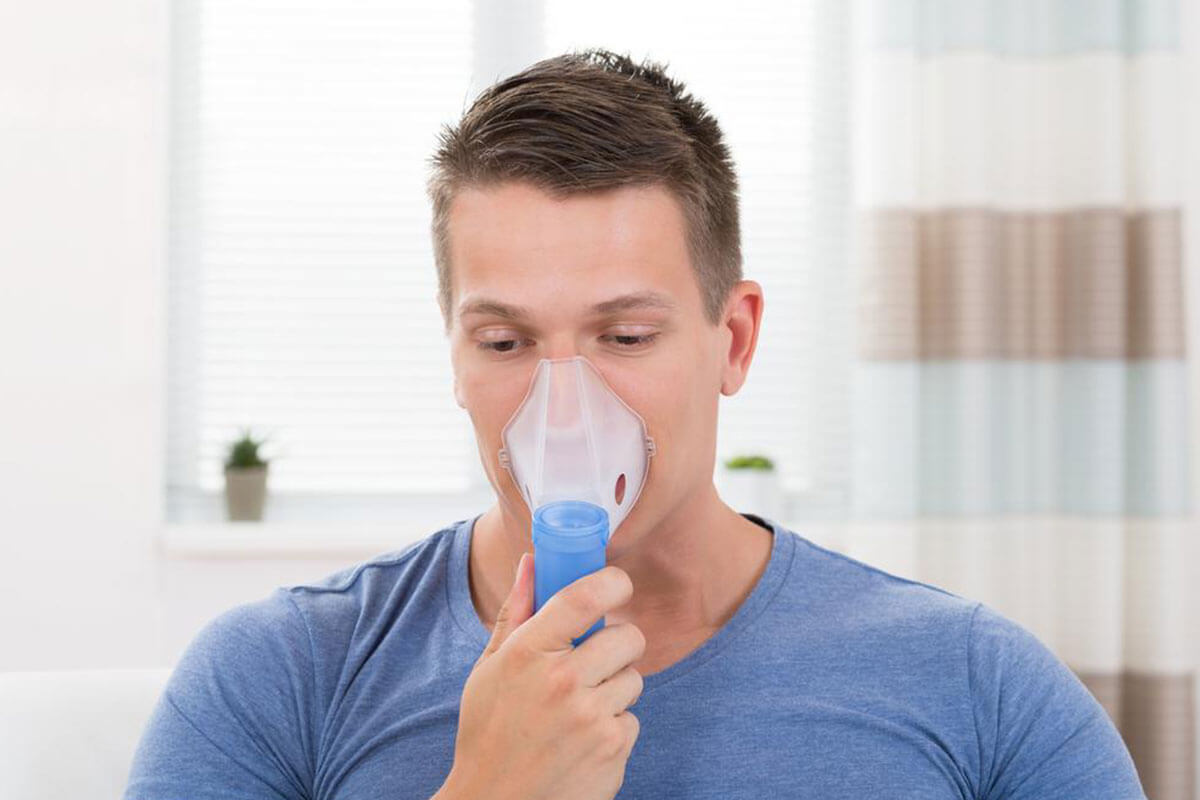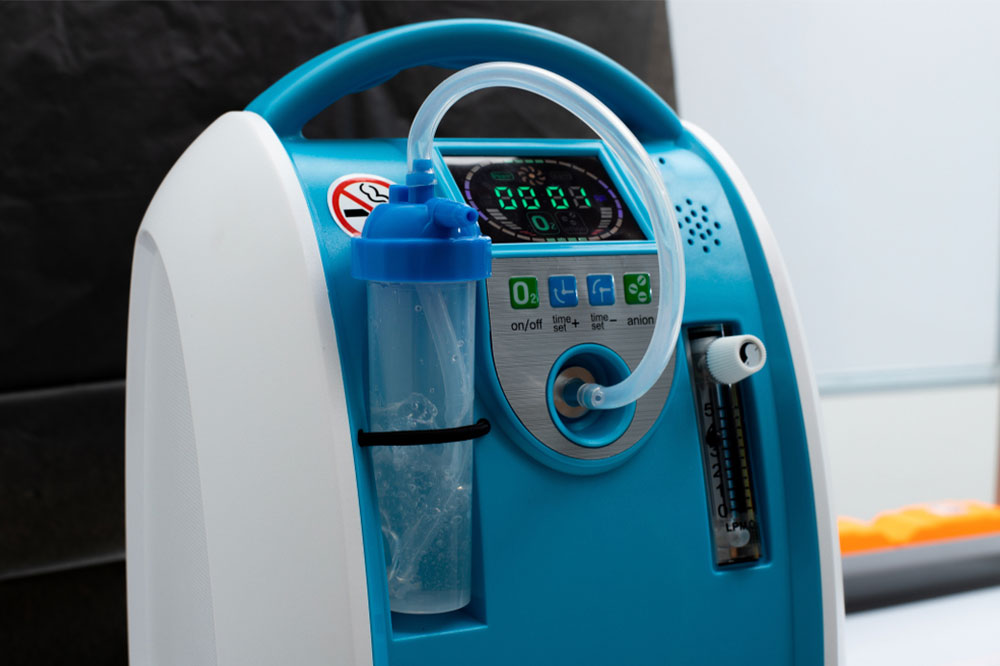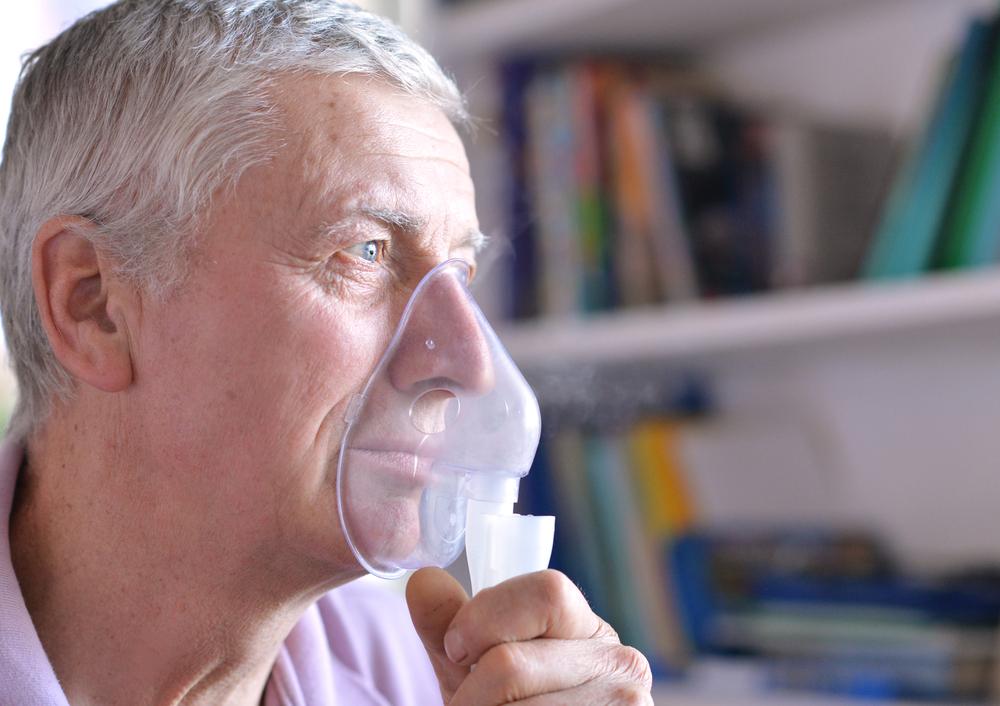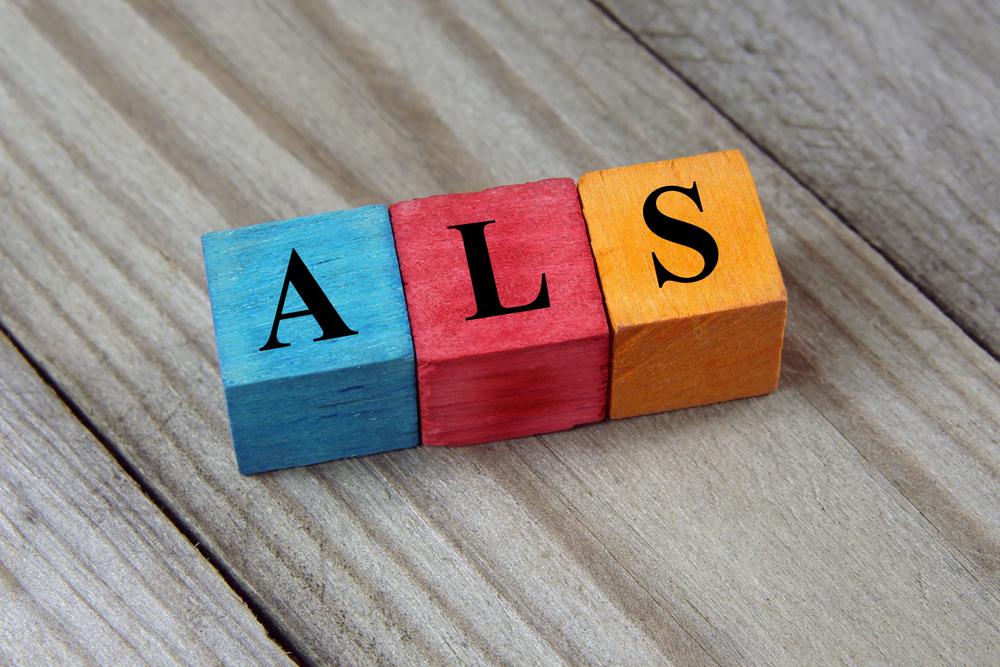Top 4 Approaches to Managing ALS Symptoms and Signs
Learn about the four key therapies to manage ALS symptoms effectively. From physical and respiratory support to occupational and speech therapy, discover ways to enhance quality of life despite this progressive disease. These approaches aim to alleviate symptoms, improve mobility, and help individuals maintain independence for as long as possible.
Sponsored

ALS, or Amyotrophic Lateral Sclerosis, is a progressive neurodegenerative disease that adversely impacts muscle function and physical abilities. It presents symptoms such as muscle weakness, difficulty speaking, chewing challenges, hand coordination problems, behavioral changes, breathing issues, and emotional fluctuations. If left untreated, these symptoms can intensify over time. While a cure remains elusive, various therapies can effectively alleviate symptoms and help individuals maintain independence.
These essential therapies include:
Physical therapy – Focuses on improving mobility, reducing pain, and preserving muscle strength through tailored exercises and pain management strategies.
Respiratory support – Uses devices like ventilators to assist breathing, especially during sleep, as muscle weakness affects respiratory function.
Occupational therapy – Aids patients in performing daily activities independently by employing adaptive tools and techniques to compensate for muscle weakness.
Speech therapy – Addresses speech and swallowing difficulties caused by muscle impairment, helping maintain communication abilities.
Overall, these treatments aim to improve quality of life, enabling patients to manage symptoms effectively and preserve their independence as long as possible.






